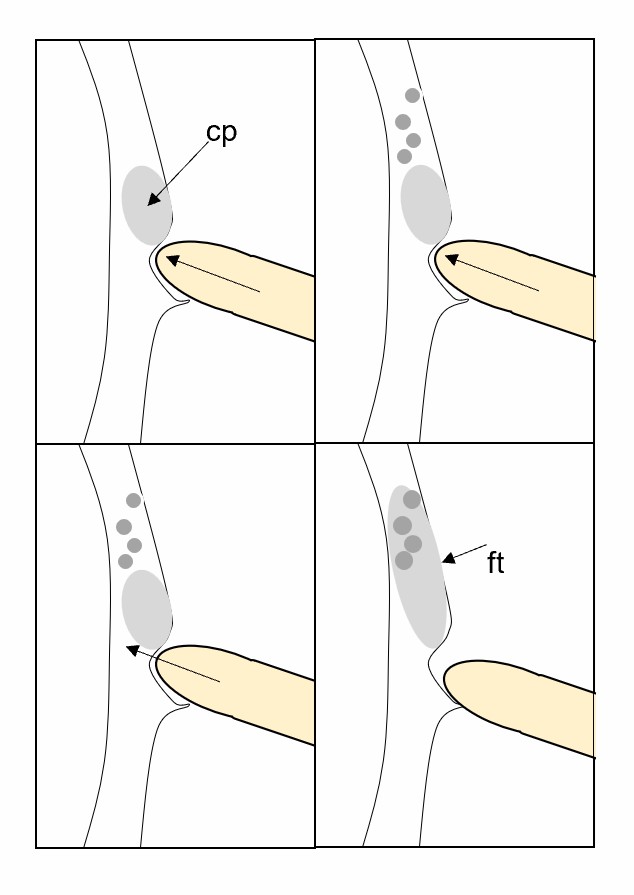The pathogenic process of plant nematodes is a game between nematodes' pathogenicity and host plant resistance. In this process, nematodes overcome host resistance, colonize, and spread successfully in the tree, and eventually cause the host to wither and die. In conclusion, the nematode overcomes the host plant cell wall and chemical defenses such as reactive oxygen species and terpenes. At the same time interferes with host defenses through functional factors, resulting in host wilt and death.
Lifeasible, as a leading global company, is committed to helping our customers achieve effective and successful research. We provide mechanism analysis of nematode feeding processes. We always deliver reliable results and reports on time to our customers worldwide.
 Fig.1 Processes for nematode feeding on tobacco root hair.
Fig.1 Processes for nematode feeding on tobacco root hair.
Lifeasible is always devoted to providing high-quality and satisfactory service to our customers. We provide our clients with direct access to our experts and prompt responses to their inquiries. If you are interested in our services or have any questions, please feel free to contact us or make an online inquiry.
Lifeasible has established a one-stop service platform for plants. In addition to obtaining customized solutions for plant genetic engineering, customers can also conduct follow-up analysis and research on plants through our analysis platform. The analytical services we provide include but are not limited to the following:
STU-CRISPR System Improves Plant Genome Editing Efficiency
April 19, 2024
Application of Exosomes in Facial Beauty
April 12, 2024